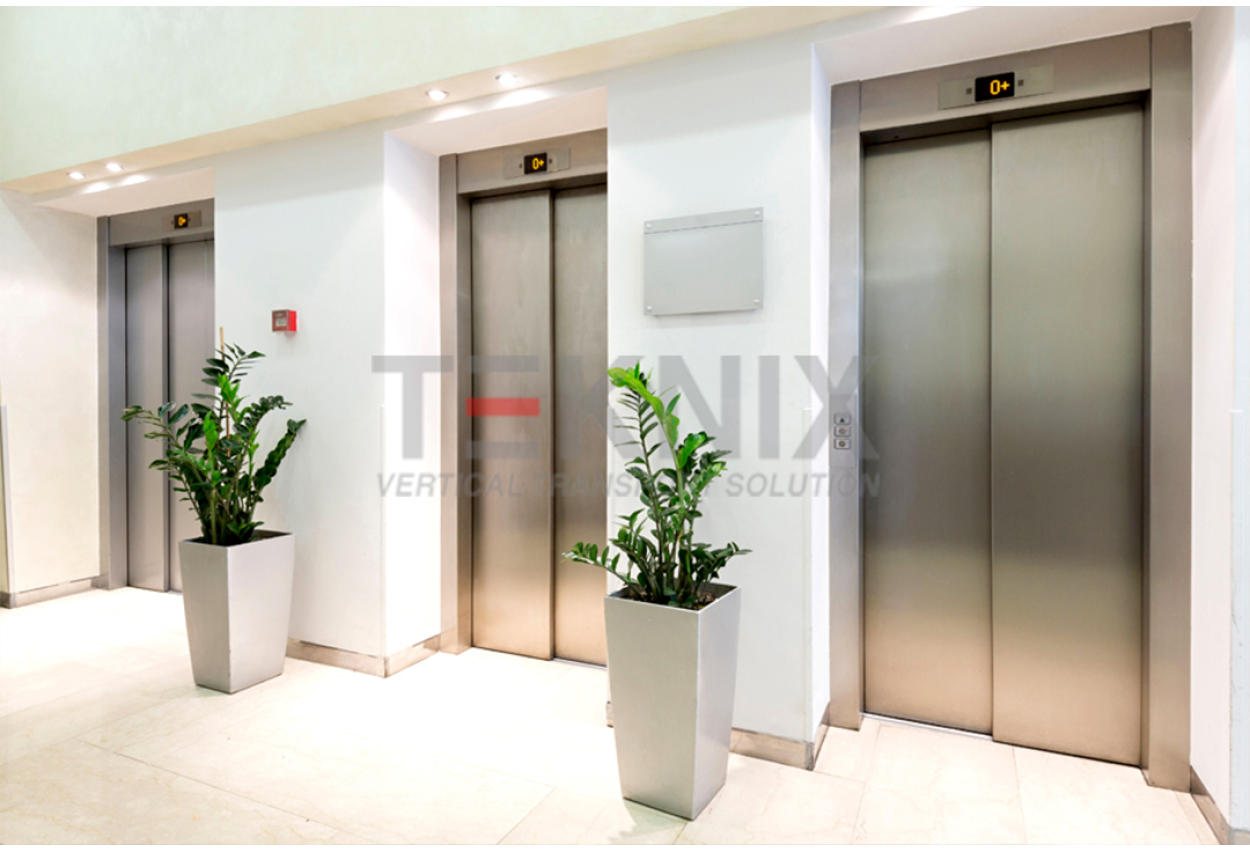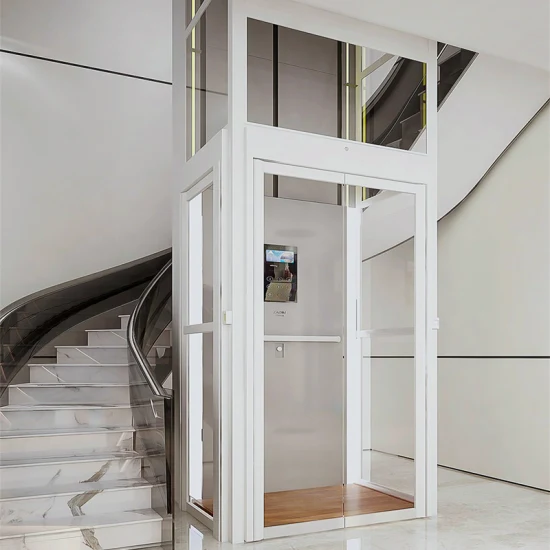We Maintain Lifts to the Highest Possible Requirements: Reliable Solution for All Lift Kind
We Maintain Lifts to the Highest Possible Requirements: Reliable Solution for All Lift Kind
Blog Article
Exploring the World of Elevators: Typical Concerns Dealt With by Different Lift Mechanisms
As we navigate with the vertical transport systems of modern-day buildings, lifts stand apart as a vital component of our day-to-day lives. Nevertheless, behind their smooth operation exists a world of complex mechanisms that can occasionally experience obstacles. From hydraulic elevators to grip systems and machine-room-less layouts, each lift type features its collection of common problems. Understanding these difficulties is crucial for making sure the smooth performance of these important systems. Allow's explore the complexities that underlie the procedure of lifts and the potential problems that can emerge, shedding light on the complex internet of lift mechanisms.
Hydraulic Lifts
Hydraulic lifts, often liked for low-rise structures, make use of fluid pressure to control the motion of the lift car (lift repair companies). This system includes a hydraulic pump pressing oil right into a cylinder, triggering the elevator to relocate in the wanted instructions. While hydraulic elevators are known for their silent and smooth operation, they do feature their very own collection of common issues
One common issue with hydraulic lifts is oil leak. The seals in the hydraulic system can use out with time, leading to oil seepage. This not only produces a mess however can likewise impact the elevator's performance if left unaddressed. In addition, concerns with the control system, such as faulty shutoffs or a malfunctioning pump, can trigger interruptions in the elevator's movement.
Routine maintenance and prompt fixings are essential to make certain the smooth performance of hydraulic elevators. By dealing with these common concerns proactively, structure owners can minimize downtime and make certain the security and efficiency of their upright transport system.
Traction Lifts
When thinking about vertical transport systems in buildings, another usual type apart from hydraulic lifts is the traction elevator. Grip lifts operate making use of a system of ropes and counterweights that relocate the elevator car by gripping onto the hoist ropes. This device permits smoother and faster upright transportation contrasted to hydraulic systems.
One of the typical problems encountered by traction lifts is rope wear. The constant activity of the ropes within the traction system can cause tear and put on in time, possibly causing the lift to malfunction or end up being unsafe for use. Normal assessments and upkeep of the ropes are necessary to ensure the elevator's correct performance and security.
Another problem that grip lifts may come across is connected to the control system. Troubles with the control system can cause concerns such as erratic motion, hold-ups in response times, and even total shutdowns. Normal testing and maintenance of the control system are vital to prevent such problems and make sure the lift's integrity.
Machine-Room-Less (MRL) Elevators

One of the key elements of MRL elevators is the portable gearless traction maker that is installed within the hoistway. This equipment effectively drives the lift cars and truck without the need for cumbersome devices located in standard grip elevators. Additionally, MRL elevators usually make use of a counterweight system to stabilize the vehicle, more boosting their power effectiveness.
Despite their advantages, MRL lifts might face difficulties associated with upkeep and repair work because of the constrained room for equipment setup. Access for servicing parts within the shaft can be limited, requiring specialized training for professionals. Correct upkeep schedules and regular evaluations are vital to make certain the ongoing smooth procedure of MRL lifts.
Overloading and Weight Limit Issues
Straining and weight limitation problems are important concerns in elevator procedures. Lift producers design raises with details weight abilities to make sure passenger safety and tools long life.
When elevators are overloaded, it places excessive pressure on the electric motor, cable televisions, and other parts, potentially causing breakdowns or malfunctions. If they detect excess weight, security mechanisms such as sensing units and overload sensors are in area to stop elevators from relocating. Additionally, going beyond weight limits can bring about enhanced power usage and wear and tear on the elevator system.
To mitigate overwhelming issues, developing managers need to prominently present weight limits in lifts and educate owners on the value of sticking to these limitations - lift repair companies. Normal maintenance checks by certified specialists can additionally help make sure that lifts are look at this site operating within risk-free weight parameters. By attending to overloading and weight limit concerns proactively, building owners can improve elevator security and effectiveness
Electric System Failings
Surpassing weight limitations in elevators can not only lead to mechanical issues yet additionally possibly add to electrical system failures within the lift infrastructure. Electric system failings are an important worry in lift operation, as they can cause unexpected closures, click breakdowns, or also security risks.
Regular upkeep and inspections are critical to determine and resolve prospective electric issues without delay, guaranteeing the secure and effective procedure of lift systems. By adhering to weight limitations and conducting routine electric system checks, building proprietors can minimize the threat of electric failures in lifts.
Verdict

Hydraulic lifts, typically preferred for low-rise structures, utilize fluid stress to regulate the motion of the lift automobile.When considering vertical transport systems in structures, one more usual type apart from hydraulic lifts is the traction lift. Grip elevators run using a system of ropes and counterweights that relocate the elevator additional resources cars and truck by gripping onto the hoist ropes. Unlike standard lifts that require a separate equipment room to house the devices, MRL lifts incorporate most of the elements within the shaft, removing the need for a devoted equipment room.In final thought, lifts encounter common issues such as hydraulic breakdowns, grip system failings, and electrical system problems.
Report this page